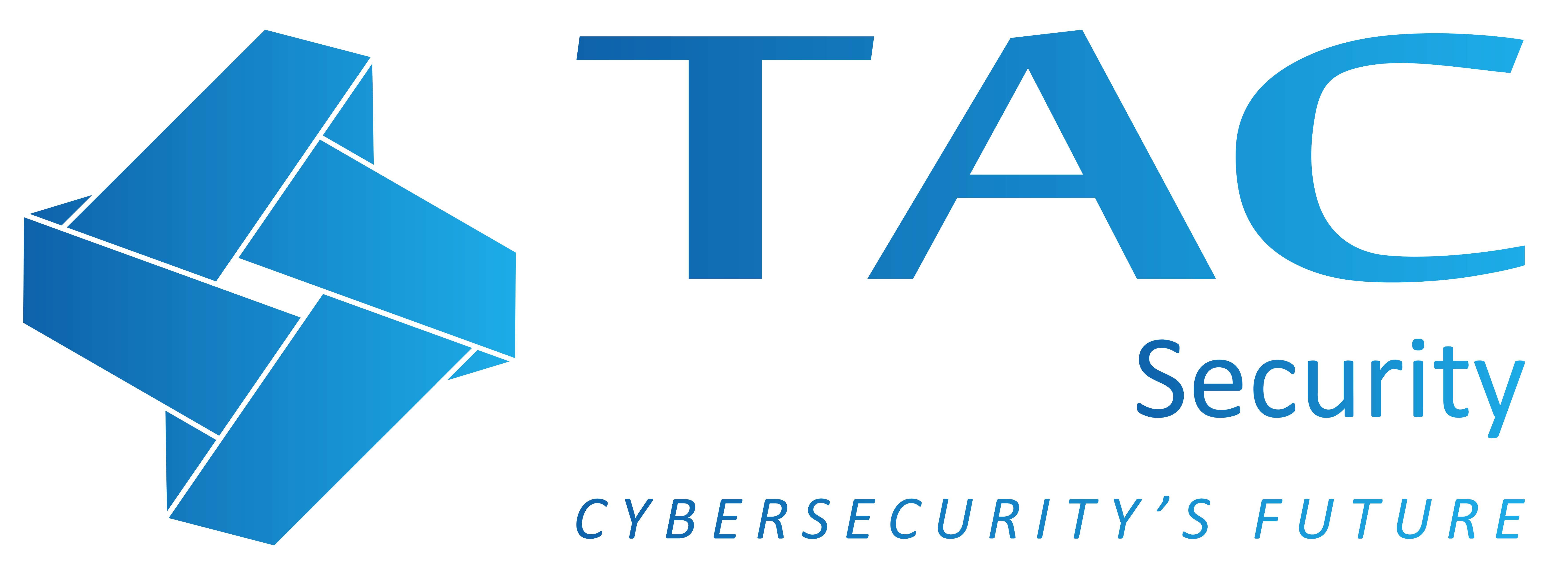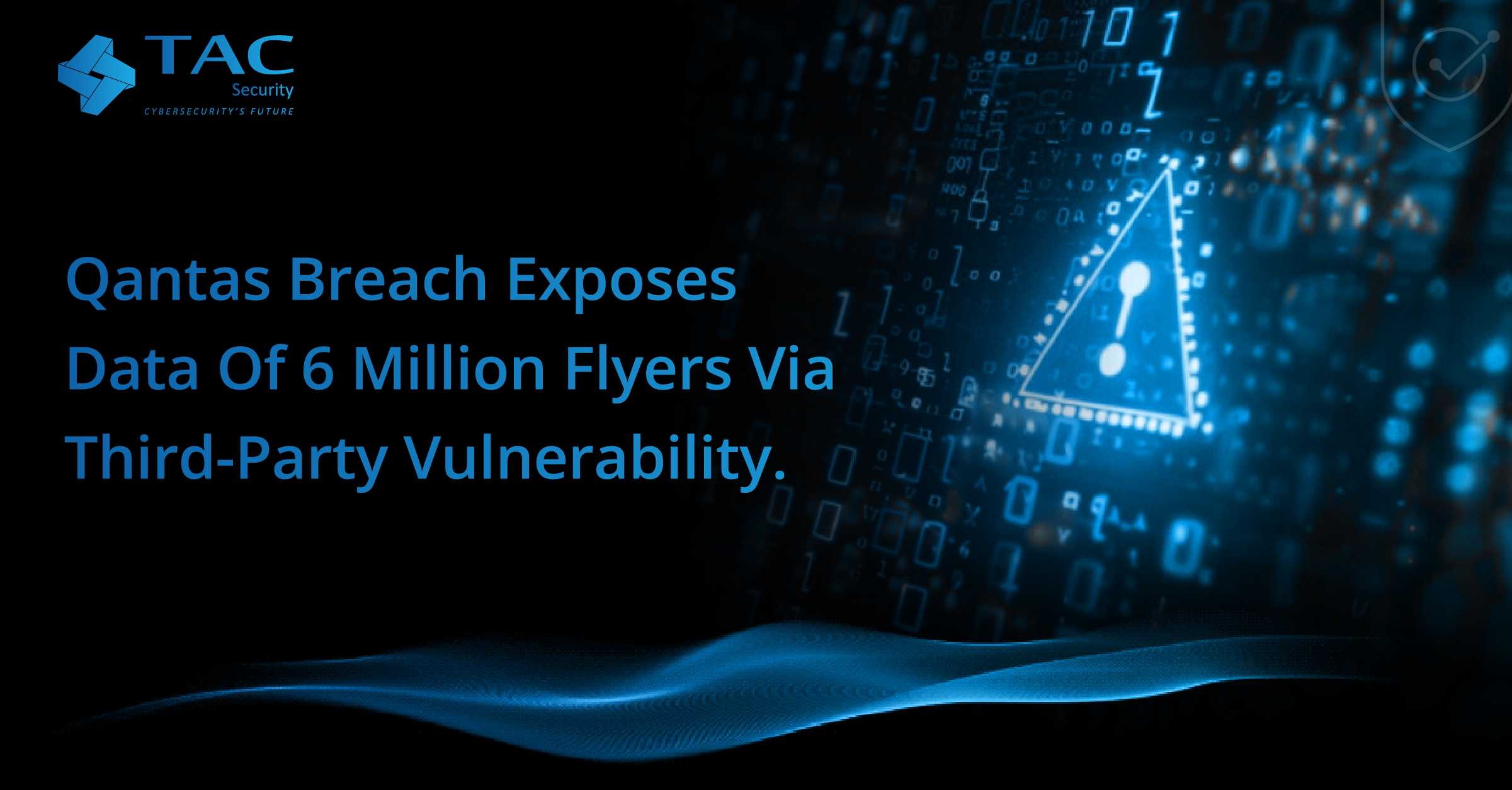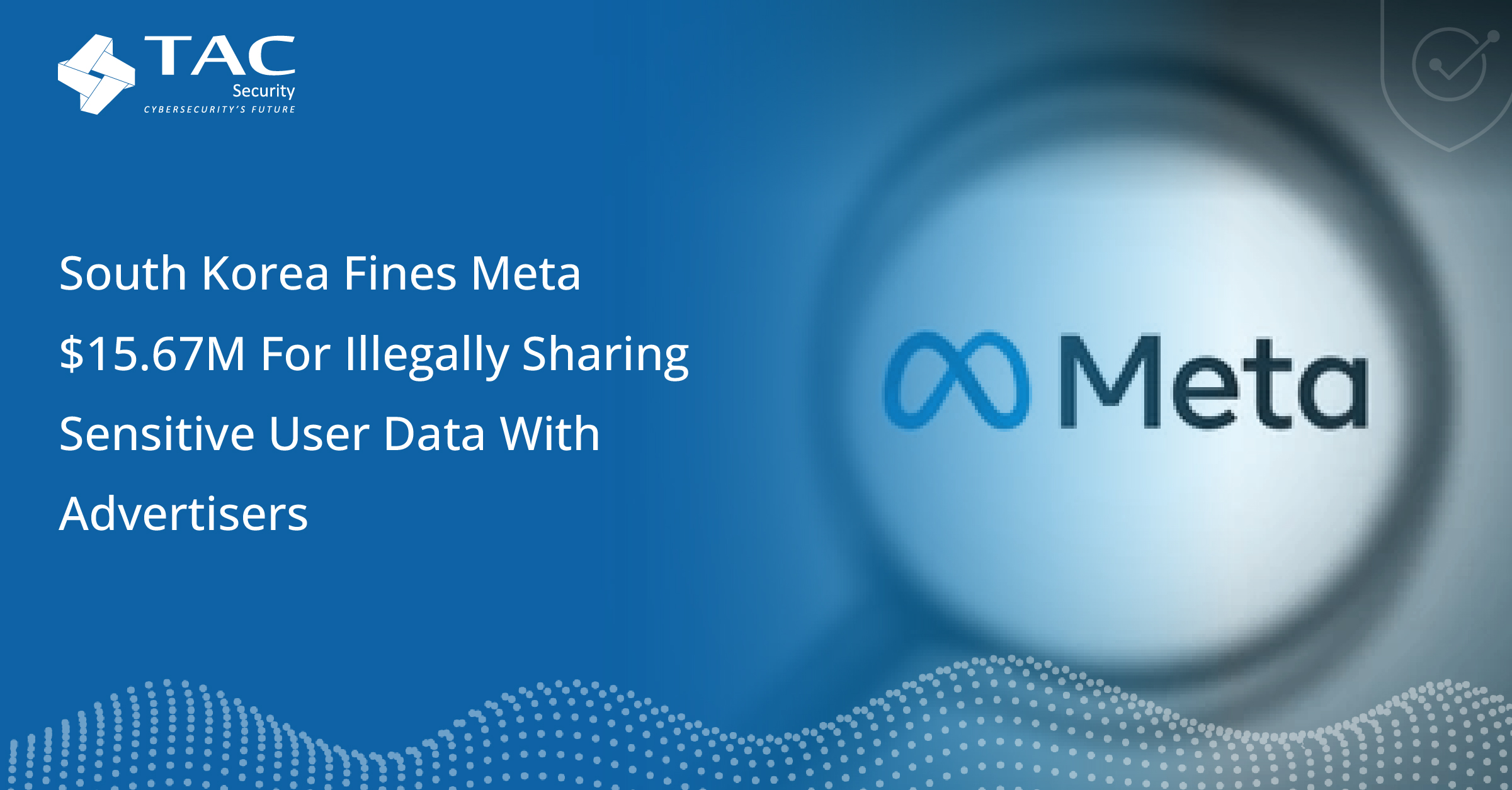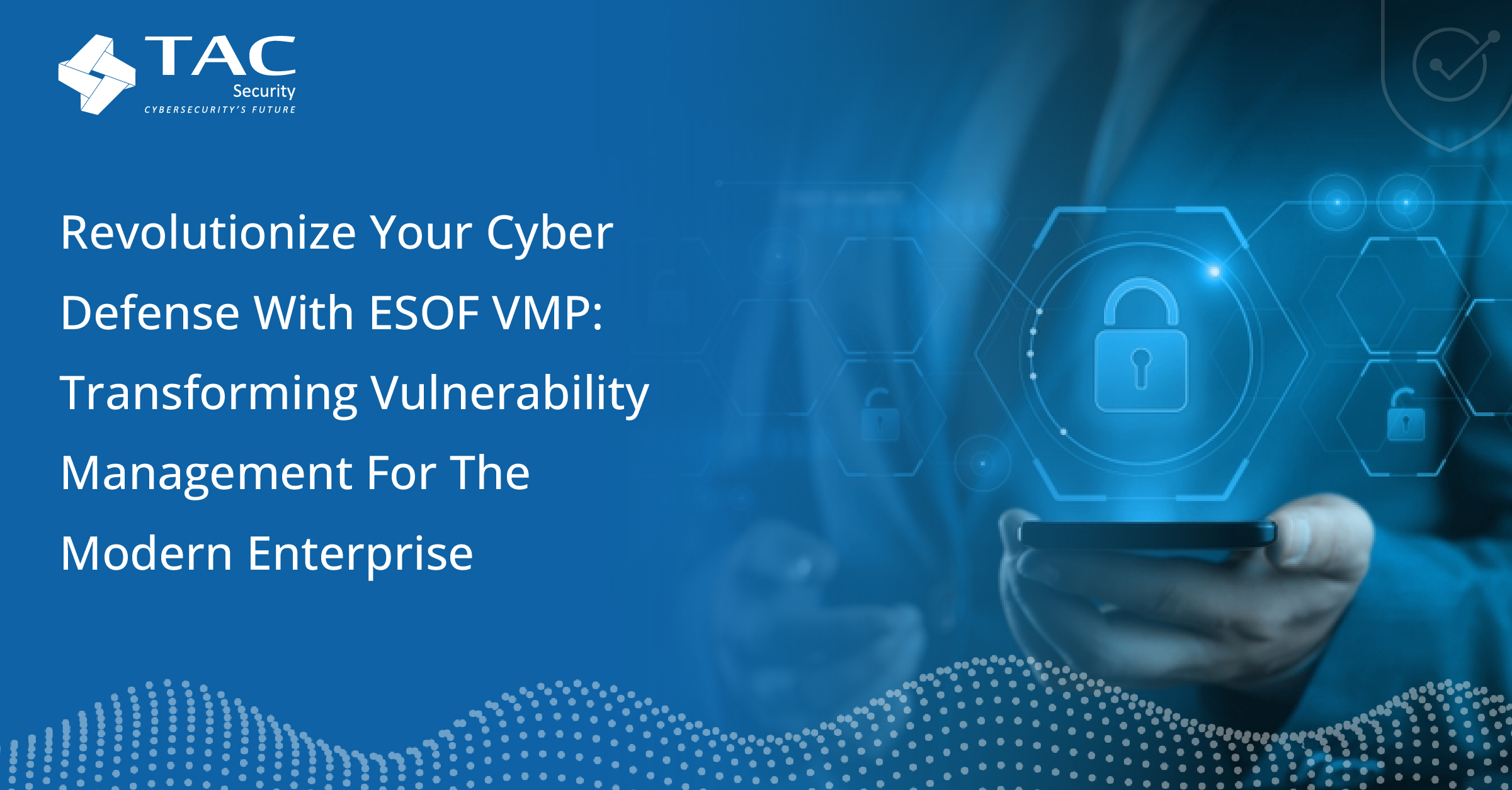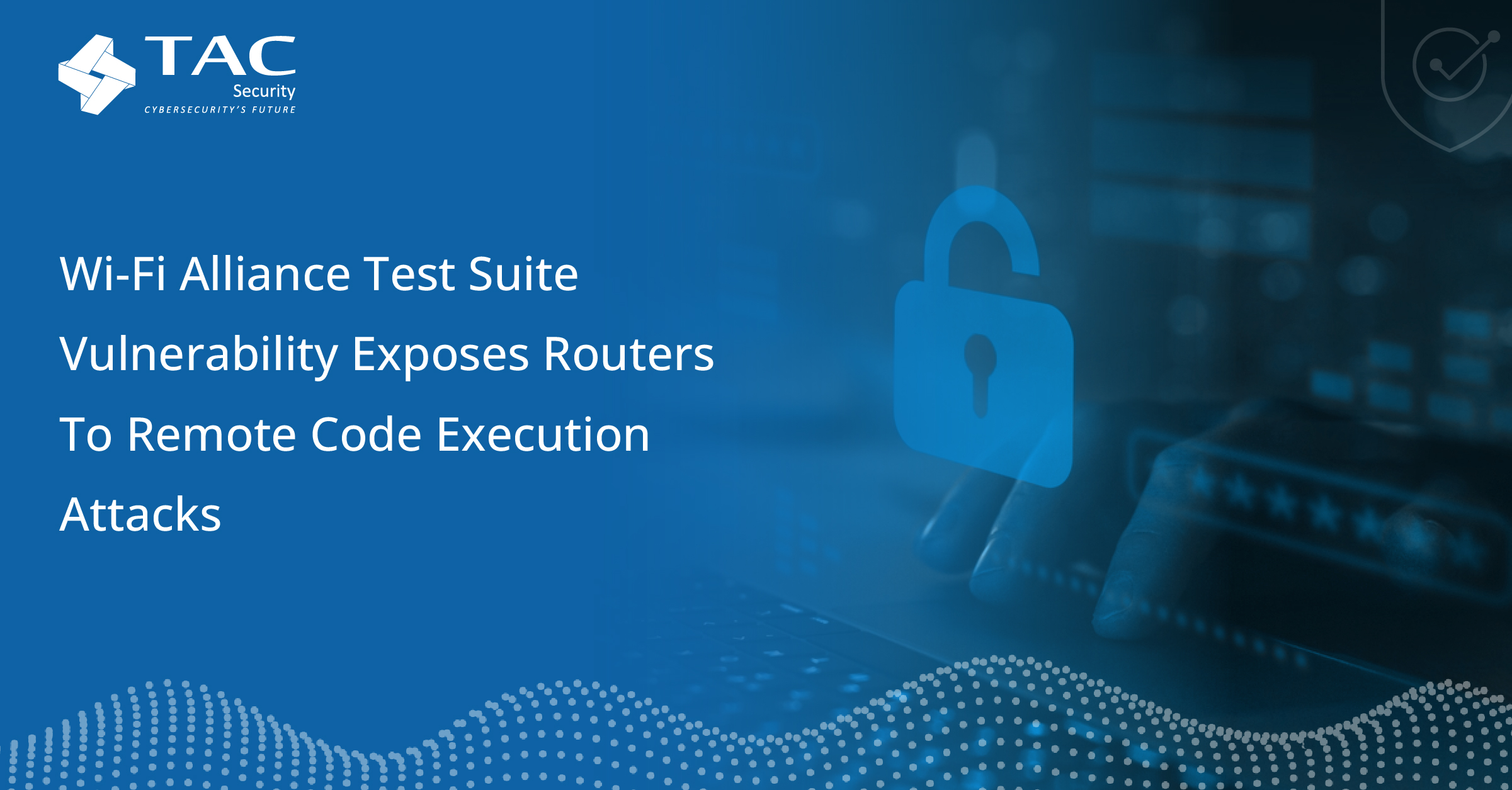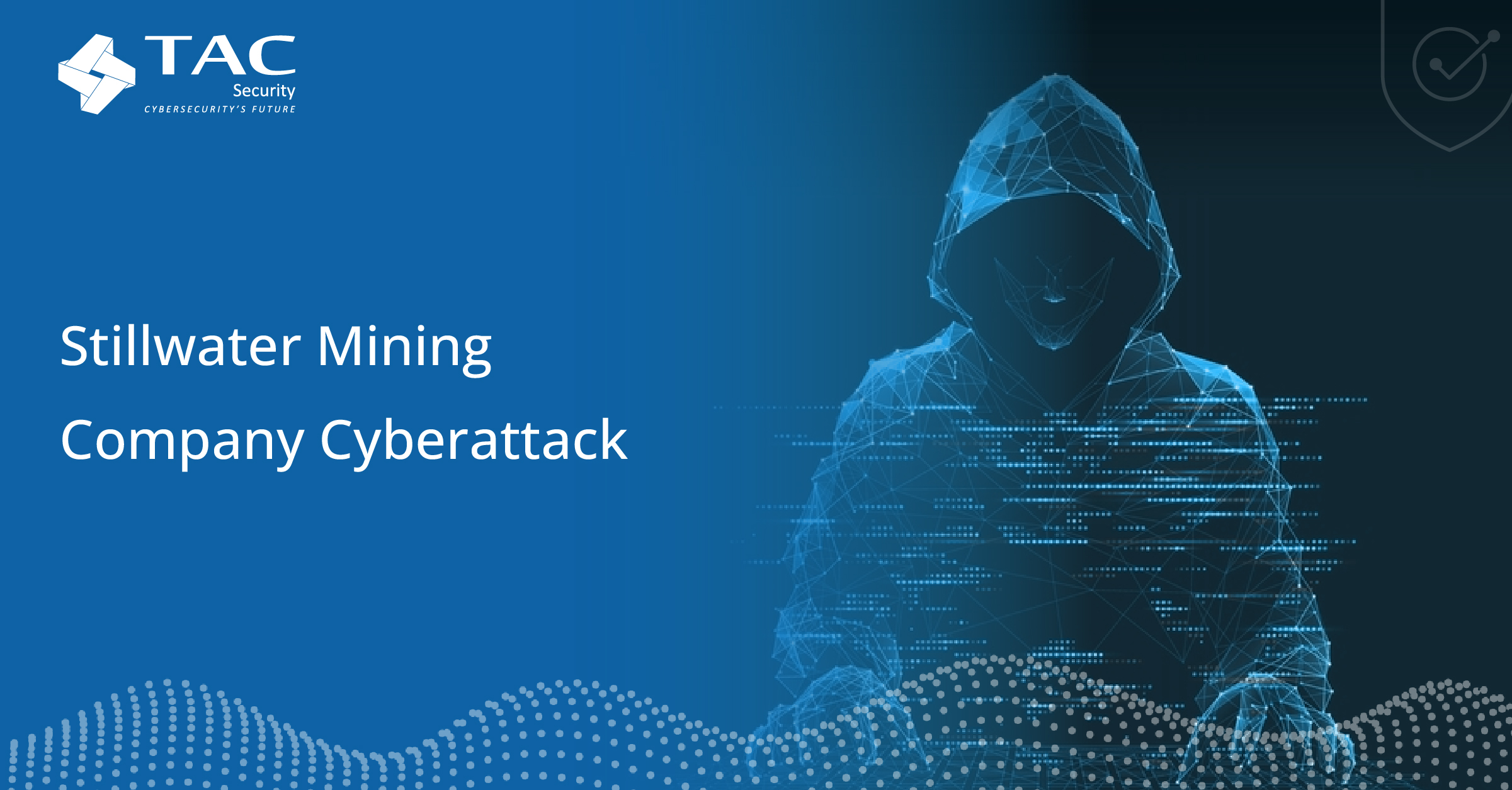
Stillwater Mining Company, a significant player in the precious metals mining industry, recently confirmed a cyberattack that raised concerns across the sector. The attack was brought to light after a ransomware group named Ransom Hub claimed responsibility, prompting questions about the vulnerability of industrial operations to cyber threats and the implications for other organizations.
What Happened?
The breach occurred when Ransom Hub managed to infiltrate Stillwater Mining Company’s digital infrastructure. The ransomware group announced the attack by posting about it on a leak site, claiming they had accessed a significant amount of sensitive data. The stolen information allegedly includes internal documents, financial records, contracts, and employee data, all of which could be used for malicious purposes if released.
The attackers reportedly demanded a ransom to prevent the public disclosure of the data and to restore access to the company’s compromised systems. Although Stillwater Mining Company has not disclosed specific details about the breach’s scope or whether it intends to meet the ransom demand, it confirmed the cyberattack and stated that an investigation is underway.
Ransom Hub: The Threat Actor Behind the Attack
Ransom Hub is a ransomware group that emerged recently but has quickly made headlines by targeting various organizations. The group follows the increasingly common practice of “double extortion.” In addition to encrypting an organization’s data and demanding a ransom for its release, they also threaten to leak sensitive information if their demands are not met.
This tactic pressures companies to pay the ransom to avoid not only operational disruption but also reputational damage and potential regulatory penalties for data breaches. In the case of Stillwater Mining Company, the threat extends beyond just monetary loss, as the mining industry plays a crucial role in supplying essential resources. Any operational setbacks could have a ripple effect on supply chains.
Implications for the Mining Industry and Beyond
This incident highlights the rising trend of ransomware attacks targeting industrial sectors. Mining companies, like other industrial organizations, face unique cybersecurity challenges due to the nature of their operations. Many still rely on legacy systems that were not originally designed with modern cyber threats in mind. Additionally, the increasing digitalization of mining operations and reliance on connected devices (Industrial IoT) exposes more attack surfaces.
The cyberattack on Stillwater Mining Company serves as a reminder for other industrial firms to:
- Strengthen Their Cybersecurity Posture: This includes implementing robust monitoring and response strategies, securing legacy systems, and patching vulnerabilities regularly.
- Improve Incident Response Plans: Organizations need to be prepared for potential breaches by having an effective incident response plan that includes containment, mitigation, and recovery strategies.
- Embrace a Zero Trust Security Model: The Zero Trust approach, which involves strict verification processes for anyone attempting to access the network, can help minimize damage if an attacker gains access.
- Enhance Data Backup and Recovery Practices: Regularly backing up critical data and ensuring rapid restoration capabilities can help mitigate the impact of ransomware attacks.
The Role of Cybersecurity Solutions
To combat these rising threats, educational institutions must adopt comprehensive cybersecurity measures. TAC Security’s Enterprise Security in One Framework (ESOF) offers a robust solution:
1.Vulnerability Management: ESOF continuously identifies and addresses security weaknesses, reducing the likelihood of exploitation, as seen in the BBZ incident.
2.Incident Response: The framework facilitates swift incident response, enabling institutions to mitigate the effects of attacks effectively.
3.Threat Intelligence: Real-time threat intelligence keeps institutions informed about emerging threats, allowing for proactive security measures.
4.Compliance and Reporting: ESOF helps maintain regulatory compliance and generate necessary reports, reducing legal risks associated with data breaches.
Conclusion
The breach at Stillwater Mining Company is a stark reminder of the evolving cyber threat landscape. As industrial operations become increasingly digital, cybercriminals are shifting their focus to sectors previously thought less vulnerable to such attacks. Organizations need to adapt quickly by enhancing their cybersecurity strategies, fostering collaboration, and staying informed about the latest threat developments.
By learning from incidents like the Stillwater breach, companies can better protect themselves, their stakeholders, and the critical industries they support.
